You’ve heard of it before. Maybe your friend mentioned it before their job interview. Maybe your doctor handed you a small white pill and said, “Try this next time.” Propranolol. A beta-blocker. A heart drug. But also, somehow, a popular go-to for anxiety?
If you’re here, chances are you’re not just wondering what propranolol is. You’re wondering how far you can go with it. What’s the most you can safely take? Does more mean calmer? Or is there a line you shouldn’t cross?
It’s not a simple number. Not really. Because while dosage is measured in milligrams, anxiety isn’t. And neither is how your body reacts to it.
Let’s unpack this slowly and carefully and actually get to the answer to the question, i.e., “What is the Maximum Dose of Propranolol for Anxiety?”
Propranolol: A Heart Medicine That Calms the Body
Before anything else, you should understand what propranolol does and what it doesn’t.
It doesn’t clear your thoughts or untangle your worries. It doesn’t numb emotions like traditional sedatives. What it does is quieter: It slows the body’s physical response to stress. As a result:
- Heart rate drops
- Hands stop shaking
- Your voice steadies.
- The tension in your chest, if you have it, might start to loosen.
That’s why it’s used off-label for anxiety, especially performance anxiety or specific, short-term stress situations like public speaking, flying, or exams. You feel calmer because your body stops screaming at your brain.
Starting Small: What a Typical Dose Looks Like
Doctors don’t throw high doses at you out of nowhere. Most begin with the bare minimum. Why? Because for some people, that’s all it takes.
A standard starting dose is usually 10 mg to 20 mg, taken about 30 to 60 minutes before the triggering event. This is fast-acting, short-lived, and often surprisingly effective.
It’s not uncommon for people to start at 10 mg and realize they barely notice a difference, then move to 20 or 30 and feel like they’re finally in control of their physical reactions. Others find that even 10 mg takes the edge off. The range is wide, and so is the response.
You don’t increase the dose unless there’s a reason to. And more often than not, small is powerful.
What Is the Maximum Dose of Propranolol for Anxiety?
Here it is; the number that keeps floating around, half-confirmed, half-denied on forums and Reddit threads.
80 mg per day is generally considered the upper safe limit for propranolol when used for anxiety.
But let’s be clear: That’s not a one-size-fits-all cap. It’s a flexible ceiling, depending on your condition, your Write for us health history, and how your body reacts. Some providers may go up to 120 mg per day, but that’s almost always in divided doses, and almost always with close monitoring.
Why not just crank it up and silence anxiety completely?
Because propranolol is not an anxiety cure, it’s a physical buffer. And more isn’t necessarily better; it’s sometimes worse. Higher doses can slow your heart too much, lower your blood pressure more than needed, or make you feel heavy, foggy, or faint.
If you’re using propranolol for performance anxiety or specific events, the typical effective range sits comfortably between 10 mg and 40 mg per occasion. Above that, you’re moving into high-dose territory, which is rarely needed for temporary relief.
When Is a Higher Dose Justified?
There are some cases where higher doses make sense, but they’re not the norm.
People with severe somatic symptoms (sweating, palpitations, tremors) that are resistant to lower doses may be bumped up gradually. Those with coexisting conditions, like essential tremor or migraine prevention, might already be prescribed propranolol and discover that it conveniently reduces their anxiety too.
Also, if someone is prescribed extended-release propranolol, the total daily dose may be higher (up to 160 mg), but that’s a different use case. For anxiety, especially as-needed treatment, you’re almost always working with immediate-release tablets.
The real key is balance. Enough to ease your symptoms. Not so much that it drags your system down.
What Affects How Much You Can Take?
A few factors influence your ideal dose and your maximum safe limit:
- Your body weight and size
- How sensitive your system is to medications
- Existing medical conditions like low blood pressure or asthma
- Whether you’re taking other medications that interact
- Your experience with beta-blockers in general
There’s also the question of frequency. Are you taking it once a week? Once a month? Daily? The more often you use it, the more cautious your provider will be about long-term effects.
It’s also worth noting that tolerance can build slowly. Not for everyone. But in some people, the calming effect may dull over time. That’s why occasional use often feels more effective than daily dependence.
What Happens If You Take Too Much?
Short answer? It depends.
If you accidentally take 10 mg more than you were prescribed, chances are you’ll be fine. Maybe a little sluggish. Maybe a little dizzy. But if you go significantly over your recommended amount, especially if you already have low blood pressure or heart issues, the consequences can be serious.
Watch for signs like:
- Unusual fatigue or weakness
- Slow or irregular heartbeat
- Fainting
- Cold hands and feet
- Shortness of breath
If any of those happen after taking a high dose, call your doctor immediately. Or better yet, go to urgent care. It’s not worth waiting it out.
When to Take Propranolol for Anxiety Relief
Timing is everything.
Most people take propranolol 30 to 60 minutes before a stressful event. That gives the body time to absorb and respond. Don’t wait until you’re already in the middle of a panic episode. It’s less effective that way.
If you’re taking it daily (which some providers do recommend for ongoing generalized anxiety), it may be scheduled in the morning or split into two smaller doses throughout the day.
A word of advice: don’t test your first dose on the day of something important. Try it on a day when you have nothing at stake. That way, you’ll know how your body reacts without added pressure.
Is Propranolol Better Than Other Anxiety Medications?
It’s not a fair comparison, really.
Propranolol works on the body’s symptoms. It doesn’t stop overthinking or emotional spirals. It quiets the physical signals, i.e., the racing heart, the trembling, and the clenched stomach.
Compare that to:
- SSRIs, which regulate brain chemistry over time
- Benzodiazepines, which sedate both mind and body quickly
- Therapy, which gets to the root of your anxiety, but it takes time
Propranolol is a tool, not a fix. It’s best for situations where anxiety shows up physically and suddenly. Like stepping on stage. Getting behind the wheel. Sitting in an interview room.
It won’t change your thoughts. But sometimes, when your hands stop shaking and your pulse stops pounding, your thoughts start calming down too.
Frequently Asked Questions
1. Could someone actually use propranolol every day for anxiety?
Sure, it happens. Some people do take it on a daily basis, especially when their anxiety is persistent and mostly shows up in the body, such as a racing heart and sweaty palms. However, it’s not always the first thing doctors suggest for long-term use.
2. Is it okay to mix propranolol with other treatments like counseling or antidepressants?
Actually, that’s more common than you’d think. A lot of people use propranolol alongside other treatments; it’s rarely the only tool in the box. That said, mixing medications always needs a second look. Certain antidepressants or other heart meds might interact, so it’s not a decision to make on your own. But as far as combining it with therapy? Totally fair game, and often a good move.
3. How fast does this stuff actually kick in?
In most cases, you’ll feel it within about 30 minutes. Sometimes a bit sooner, sometimes closer to an hour, depending on the person. You might not even “feel” it in the usual way; there’s no obvious buzz or drowsiness.
4. Does propranolol stop the mental side of anxiety, too?
Not exactly. That’s not its job. Propranolol isn’t working in the brain the same way other anxiety meds do. It’s more like turning off the alarm bells your body is ringing. Your thoughts might still race, especially if you’re dealing with deeper anxiety. But sometimes, when your body chills out, your mind follows, just not always.
Final Thoughts: What Is the Maximum Dose of Propranolol for Anxiety?
It’s tempting to think in numbers. We do it all the time.
How many milligrams?
How fast does it work? How long does it last?
However, the real answer isn’t in the number when it comes to deciding what is the maximum dose of propranolol for anxiety. It’s in how you feel. If 10 mg gets you through your presentation without shaking, that’s your dose.
If you need 40 mg before a high-pressure meeting, that’s okay too, if your doctor agrees and your body tolerates it.
Pushing past 80 mg per dose is rare, and usually unnecessary. Most people never need that much, even those who do are typically under close observation.
Start small. See how you respond. Adjust if you need to with input from a medical professional.
The goal isn’t to max out the dose. The goal is to find what works for you with little to no side effects.

